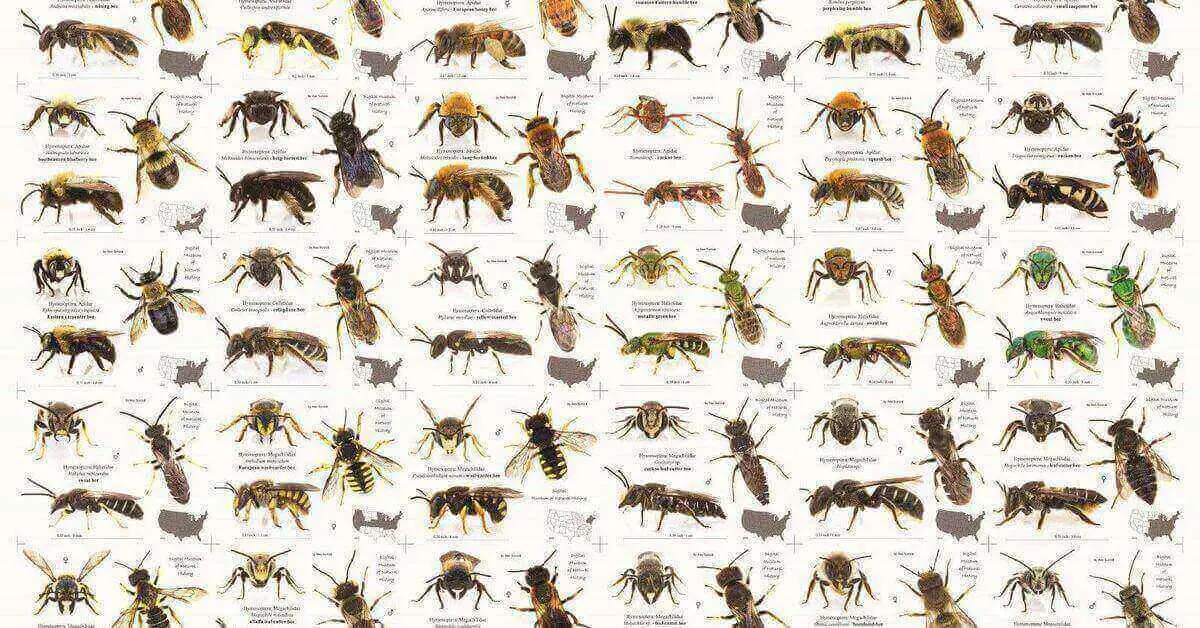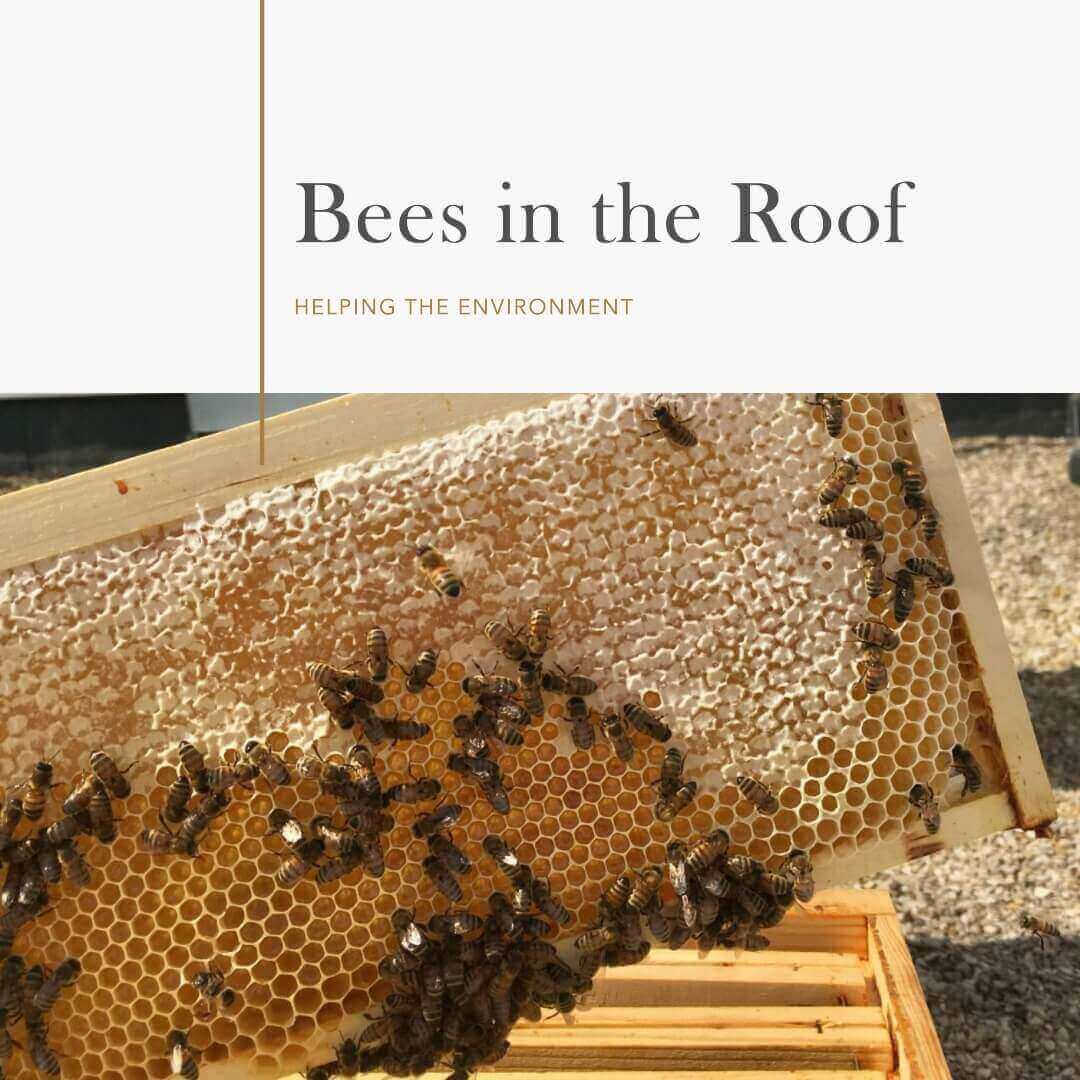Bumblebees are fascinating creatures that play an essential role in the pollination of many plant species. While most people are familiar with honeybees and their honey-making abilities, there is less knowledge about bumblebees, particularly red-tailed bumblebees, and their role in honey production. In this article, we’ll explore whether red-tailed bumble bee make honey and delve into the intriguing world of queen bees.
Physical Characteristics of Red-tailed Bumblebees
Red-tailed bumblebees have several physical characteristics that distinguish them from other bumblebee species. They have a broad, rounded head and a short, stocky body. Their wings are short, and they have a distinctive buzz when they fly. The hairs on their bodies are dense, which helps them to trap heat and regulate their temperature. Unlike honeybees, bumblebees do not have a barbed stinger, which means they can sting multiple times without dying.
The Role of Red-tailed Bumblebees in Pollination
Red-tailed bumblebees are crucial pollinators for many plant species, including blueberries, tomatoes, and strawberries. They use their long tongues to extract nectar from flowers, transferring pollen as they move from plant to plant. Bumblebees are known to be more efficient pollinators than honeybees because they can vibrate their wings at a higher frequency, which helps them to extract more pollen from flowers.
Do Red-tailed Bumblebees Make Honey?
While honeybees are well-known for their honey-making abilities, bumblebees are not typically associated with honey production. Unlike honeybees, bumblebees do not store large quantities of honey to survive the winter. In contrast, bumblebees have much smaller colonies, and they do not store honey for the winter. Instead, the queen bumblebee will hibernate in a small underground nest, surviving on her fat reserves until spring when she emerges to start a new colony. Therefore, while red-tailed bumblebees do not make honey, they do play a critical role in pollination.
Related Articles:
- Hoverfly vs Sweat Bee: Some Differences.
- Wallace’s Giant Bee The World Largest Bee.
- Osmia avosetta: A Beautiful Mason Bee.
The Queen Bee: Role and Life Cycle
The queen bee is the most critical member of the bumblebee colony. She is responsible for laying all the eggs, and her behavior determines the behavior of the other bees. The queen bee has a unique life cycle. She hibernates during the winter, emerging in the spring to start a new colony. She will then mate with several male drones, storing their sperm in her body. The queen bee will then start laying eggs, which will hatch into worker bees. As the colony grows, the queen will continue to lay eggs, producing new workers and male drones.
What does red-tailed bumble bee?
The red-tailed bumblebee is a species of bumblebee known for its distinctive red or orange-colored tail. These bees are important pollinators in various ecosystems and play a crucial role in the pollination of flowers and crops. They are social insects, living in colonies with a queen, worker bees, and male bees. Red-tailed bumblebees are commonly found in North America and Europe and are easily recognizable due to their vibrant coloration.
Conclusion
Unlike honeybees, bumblebees do not produce large quantities of honey and have smaller colonies. The queen bee is responsible for laying all the eggs and plays a crucial role in determining the behavior of the other bees. The queen hibernates during the winter, emerges in the spring to start a new colony, and continues to lay eggs as the colony grows. Overall, red-tailed bumble bee play an important role in pollination and have a fascinating life cycle.




